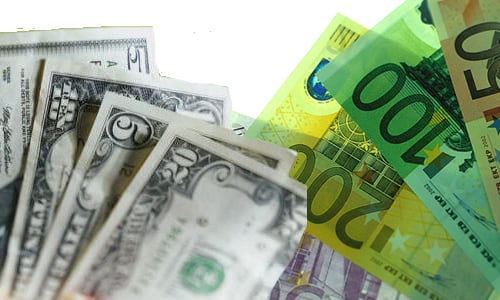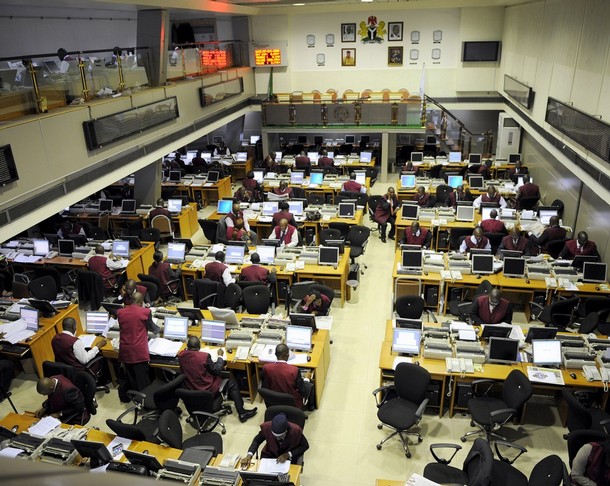After making its second attempt in as many days to re-enter 1.20, the euro bears found themselves dragging the EURUSD back down to 1.18 with the pair concluding trading on Tuesday at 1.1883. However in the early hours of Wednesday morning, the pair has already recorded a new nine-year low at 1.1850. Although the French Services PMI for December showed some improvement (49.7) and Germany led the way with a stronger 52.0, the overall PMI (51.4) concluded the Eurozone’s worst quarterly growth for more than a year and reaffirmed further pressure on the European Central Bank (ECB) to present new tools from its stimulus toolbox.
The political situation in Greece is continuing to dominate headlines where concerns remain that if an anti-austerity political party takes control, questions might have to be asked whether the country would remain in the euro bloc. While it is conceivable that the potential for a Greece Euro exit would cause concern, this remains a hypothetical at this point and the markets could be looking at other factors. For example, the problem with an anti-austerity party taking political control does not only rest upon the potential for the structural reforms that transformed a country in a horrible crisis like Greece out of a recession being reversed, but the example it might be setting for other anti-reform political parties in the Eurozone.
The GBPUSD has already commenced trading on Wednesday at a new 18-month low (1.5108) after the Pound just took its third consecutive hit in as many days, when it was announced that the UK Services PMI growth for December had slowed to its slowest rate in 19 months. The Services sector is the largest UK GDP contributor so this provides further evidence of domestic growth slowing down, with recent data also showing activity had pulled back in the Construction and Manufacturing sectors. There really is a lack of investor attraction towards the Pound right now, and I do not think this pair has bottomed out yet.
For example, momentum is heating up the UK General Election this upcoming May. Following the unexpected market volatility with the Scottish referendum this past September, it is far more likely that investors are going to have a preference for riding out any potential uncertainty to clear before entering the currency. Aside from this, another reason for reduced investor attraction for the Pound is that the markets are now aware that the Bank of England’s (BoE) view on raising interest rates is at a standstill. The BoE’s view on domestic inflation levels is becoming increasingly dovish with little sign they will change in the near future. Not only is this obviously pushing back pressure on the BoE to raise UK interest rates, but it is reducing investor sentiment.
Advertisement
As a result of the above, sterling bears are ultimately taking advantage of a collection of different factors to send the GBPUSD price down to what many would have seen six months ago as completely unexpected levels. Why am I unsure whether the GBPUSD has bottomed yet? The general consensus is that UK inflation levels are going to continue weakening over the coming months, meaning the BoE’s dovish views on inflation are going to become even more entrenched. Not only this, but UK General Election momentum is only just taking off and we are approaching the months where talk about US interest rates will intensity, driving USD demand even higher. This will also pressure the Pound.
The oil markets have continued spiraling down after officially entering the next leg lower. Brent has already found itself at below $50, with the commodity moments ago hitting $49.92 on Wednesday morning, while Crude has continued its dive below $50 and reached $47.12 this morning. The economic conditions that oil face continue to be aggressively against any hopes for a bounce higher, which is inhibiting purchasers from even considering entering and allowing the bears to dominate. All indications are repeatedly pointing towards an oversupply being present, while global economic uncertainty is remaining a concern. There is only one answer to this issue to an oversupply and reduced demand due to global growth concerns, and that is further bearish moves for oil.
It was not a coincidence at all that after a small consolidation before the Christmas break, aggressive selling was reinforced following data from China (largest consumer of oil) showcasing that its Manufacturing PMI for December had fallen to its lowest of 2014. The pressure on oil was reaffirmed again yesterday, following the weak Eurozone Services PMI. These are both heightening global economic concerns and likely resulting in less demand for oil, which is inspiring traders to take part in the sell-off.
Advertisement
As we open the European session on Wednesday, global stocks are pointing to the downside due to a combination of fears over global growth and the further decline in oil. The fall in oil is weighing on stocks because there are concerns over what impact this will have on corporations and economies that are impacted by the lower prices. Consumers are really benefiting from the lower fuel costs, which are bumping up consumer expenditure and providing retail sales with some help after consumer spending usually drops after the holiday period. However, the concerns are that corporations will struggle to adapt to the new levels, with this possibly impacting employment prospects in the longer term.
Global indices pointing to the downside will at some point likely begin to weigh on the USD, meaning there is pressure on this evening’s Federal Reserve FOMC Minutes to reignite some optimism over global growth. We are looking at tonight’s FOMC Minutes to reiterate intentions to raise US interest rates in the coming months, which should reignite some movement in metals like Gold this evening. All recent guidance from the Federal Reserve expresses that although inflation levels remains something they are looking at, it isn’t yet concerned by the decline in Oil. Therefore, it is looking to continue with its intention to raise interest rates gradually at some point later this year, which should continue to boost demand for the USD.
*Ahmad, Chief Market Analyst at FXTM.
For more information please visit: Forex Circles
Advertisement
Add a comment






